5 Michigan bee species to know this spring as spring flowers begin to bloom
As spring sets in across Michigan, bees will be buzzing as warm, sunny days bring the return of these pollinators.
Here's a look at some common bee species in Michigan. Some nest in the ground, some in wood, some in brick siding, and some build traditional hives, like the honeybee. Before swatting at a buzzing insect, here's what to know about bees this spring:
Seasonal activity
Bees typically come out in the spring and stay active through the summer and fall. Warm temperatures and blooming flowers bring out varied bee species, which feed off the seasonal plants for nectar and pollen. The start of seasonal activity varies across bee species and flowering plants, aligning with seasonal blooming schedules.
Bees tend to be most active in the early afternoon. Bees start gathering nectar early in the morning and return before sunset, as they have poor vision in the dark.
A key player in the ecosystem
Bees hold deep significance across a variety of cultures and religions, speaking to their symbolic role beyond their physical activity.
Buddhism encourages consuming honey, a product of bees. For Christianity, the Bible includes several references to bees and honey. In Hinduism, bees are referenced in religious scriptures and several gods are associated with bees. In Islam, a chapter of the Quran is named after bees. Judaism promotes the symbolism of bees and honey. Bees also occur in legends across diverse cultures, including in African folklore, Celtic mythology, Chinese symbolism, Greek and Roman mythology, ancient Egyptian mythology Indigenous folklore across the Americas, and Slavic mythology.
Bumblebees
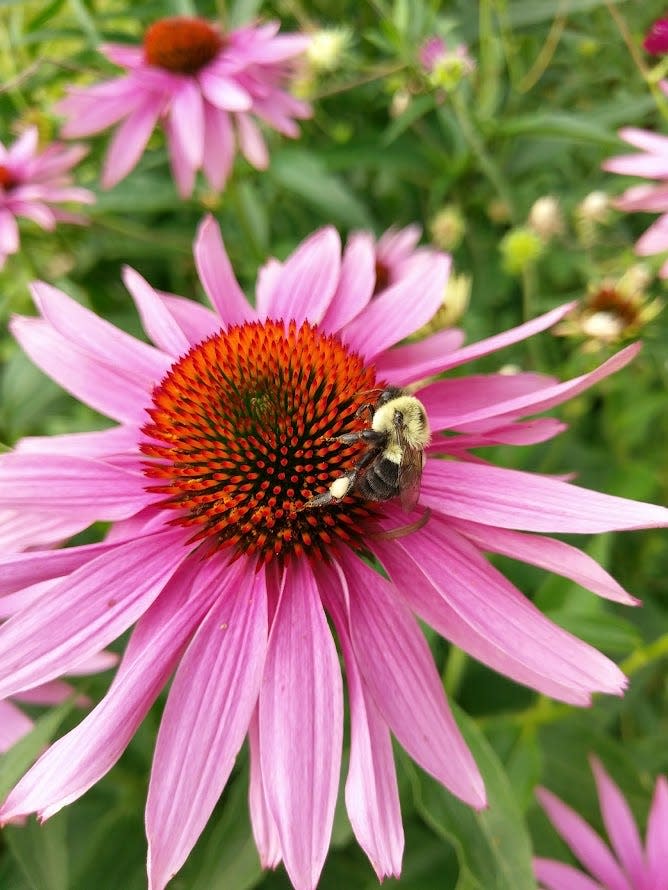
Native to North America, bumblebee season starts in the spring as queen bees emerge from hibernation. With 49 species nationwide and at least 19 in Michigan, the bees play a vital role in the ecosystem, feeding on nectar and pollen from flowers.
Carpenter bees
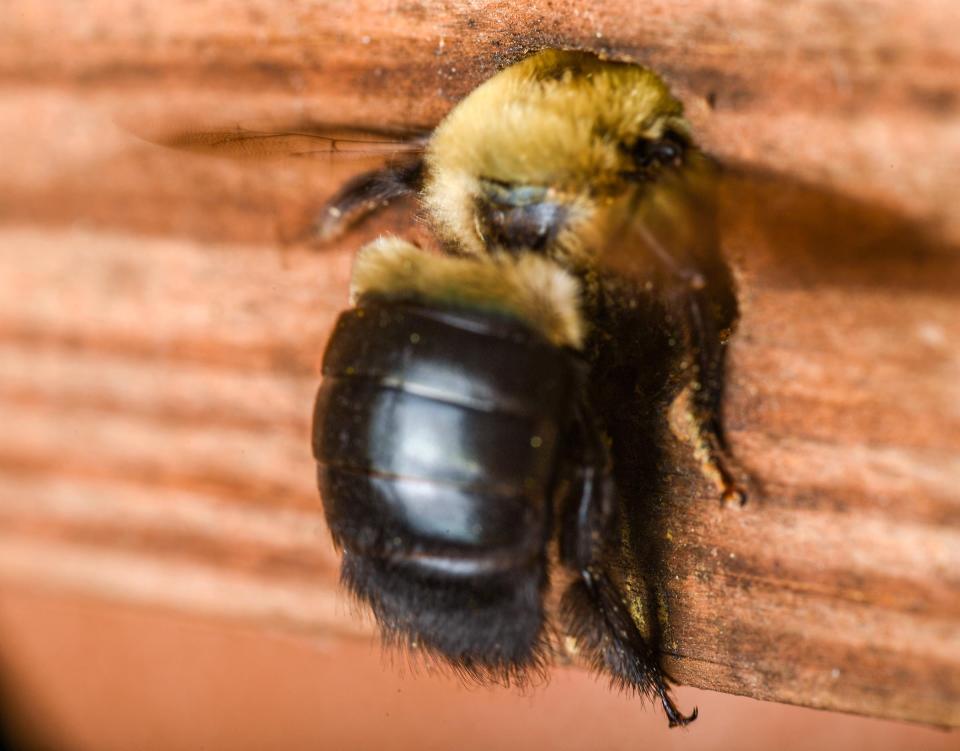
Named for their activity in wood, carpenter bees tend to make their nests in trees or other wood structures. Solitary bees, the female bees build tunnels in wood for their nests, laying eggs for the next generation of carpenter bees. These bees begin activity in the spring, returning to hibernation in the winter.
Honey bees
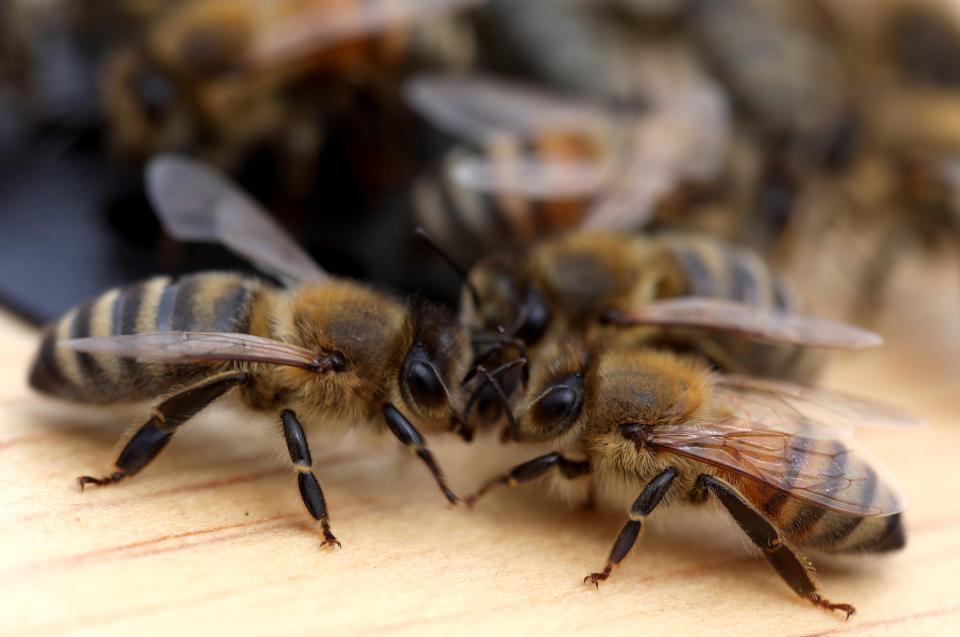
Native to Europe, honey bees work in colonies led by the queen bee. These social bees collect pollen and nectar from flowers, fruits, and vegetables, and build and protect their hives. Female honey bees serve as worker bees and queen bees, while male honey bees serve as drones. Honey bees start in the spring and remain active through the fall.
Long-horned bees
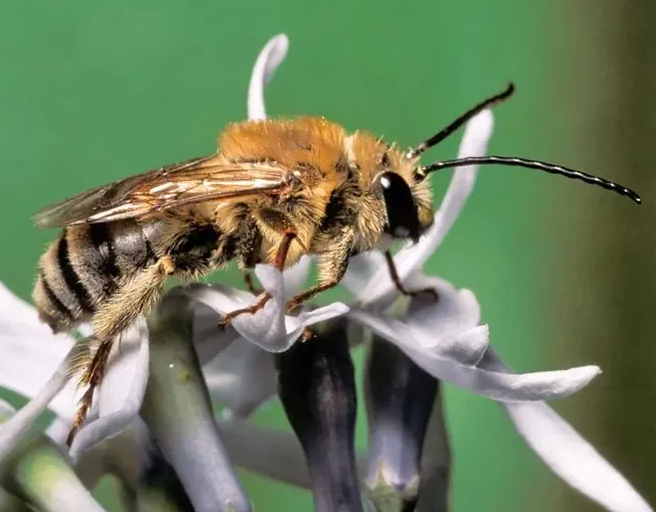
Long-horned bees feature males with long antennae, while female bees have short antennae. Typically active from summer to fall, females tend to be solitary and make nests underground, while males often sleep in clusters, sometimes on flowers.
Miner bees
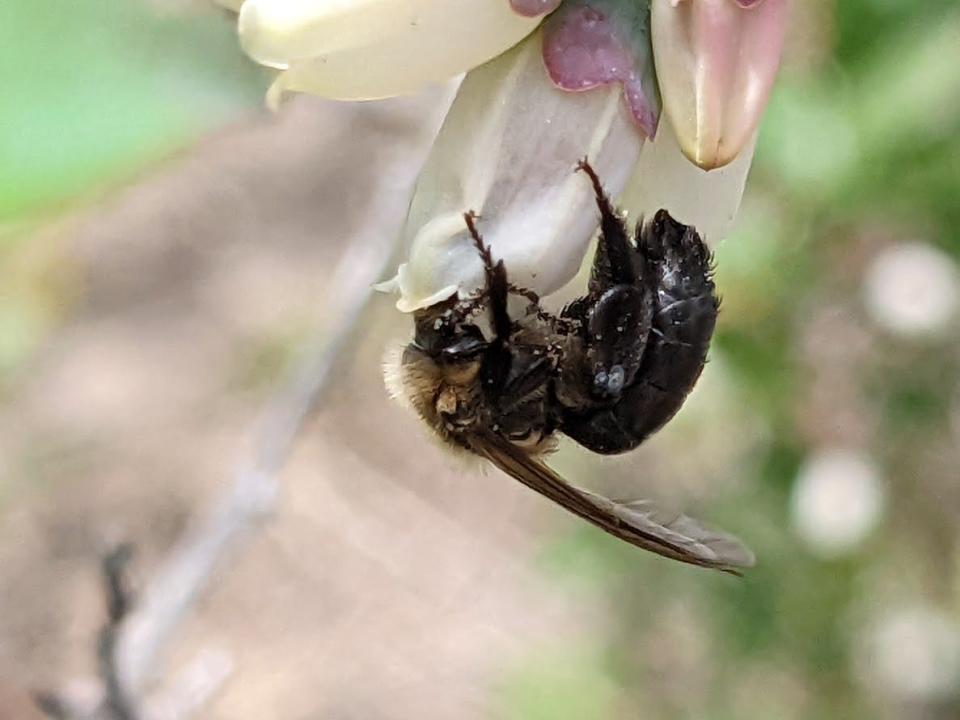
These ground-nesting bees begin their season in early spring, building underground tunnels for their nests. Miner bees serve as important pollinators, including woodland wildflowers and shrubs. Solitary in nature, the bees work independently and typically won't bite or sting humans.
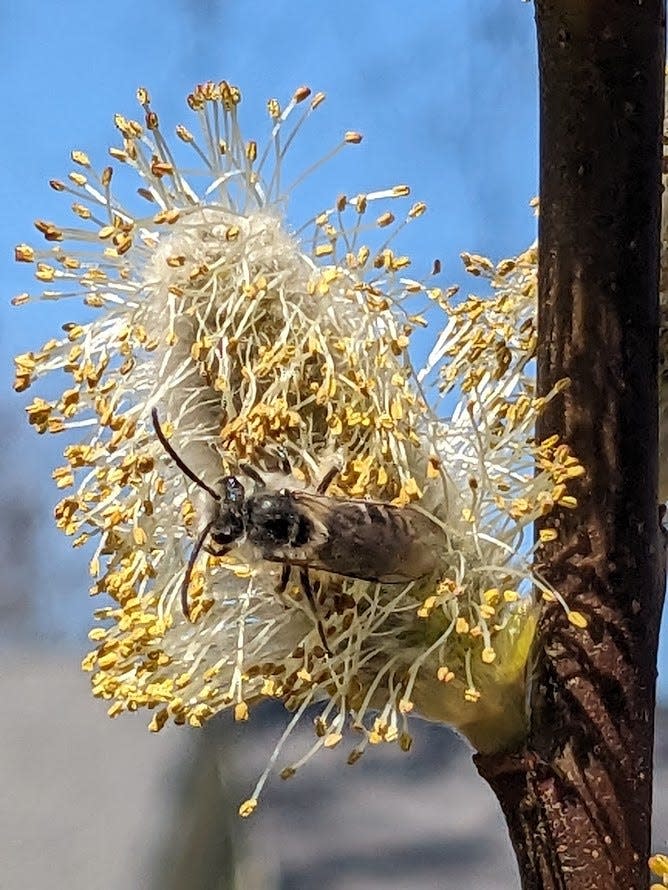
How to protect bees
Promoting a balanced environment can be key to ensuring bees thrive this spring and summer. Here's a look at some steps you can take to protect bees in the ecosystem:
Avoid the use of pesticides or herbicides.
Plant a bee-friendly garden, with a variety of pollinating flowers.
Buy locally sourced, sustainable honey.
Allow dandelion and clover plants, promoting bee pollination, to grow.
Plant trees that produce nectar or pollen for bee pollination.
Spread awareness of the importance of protecting bees.
This article originally appeared on Detroit Free Press: 5 Michigan bees to know as spring flowers begin to bloom

